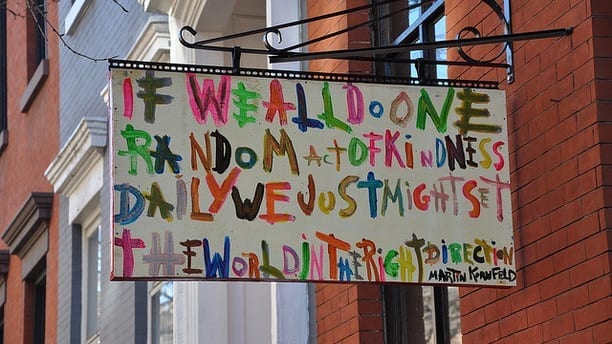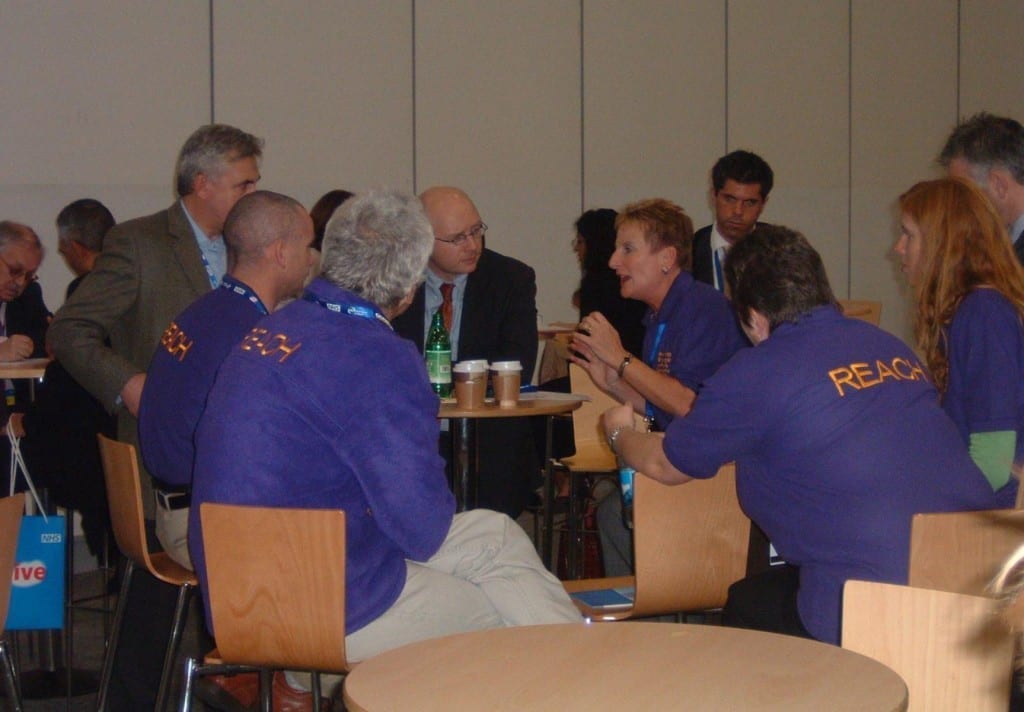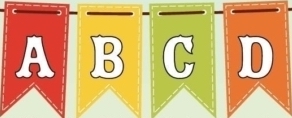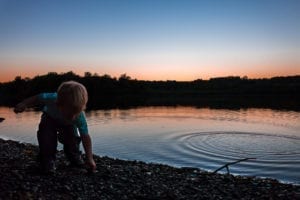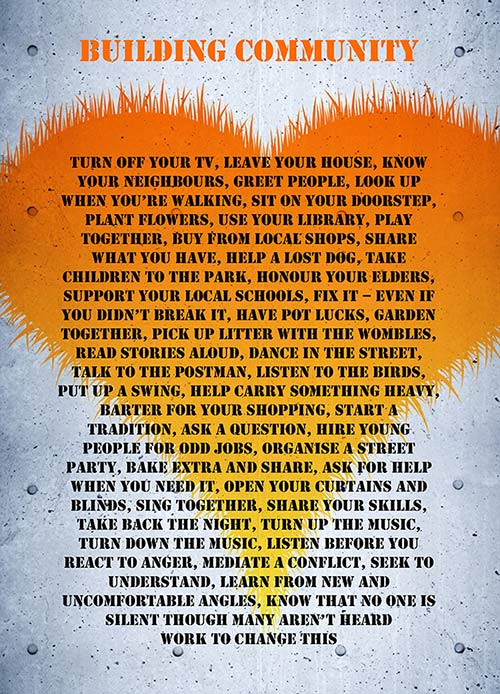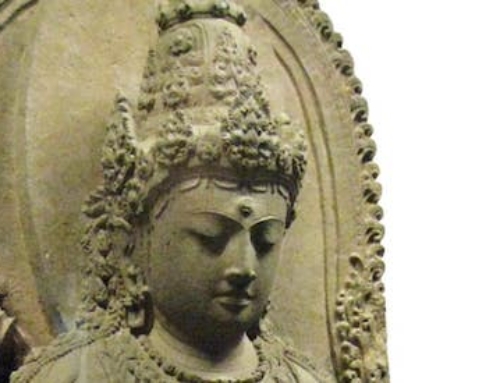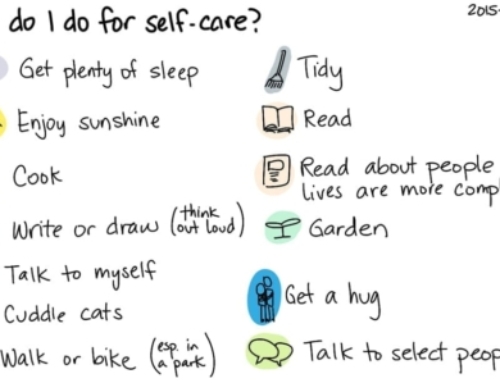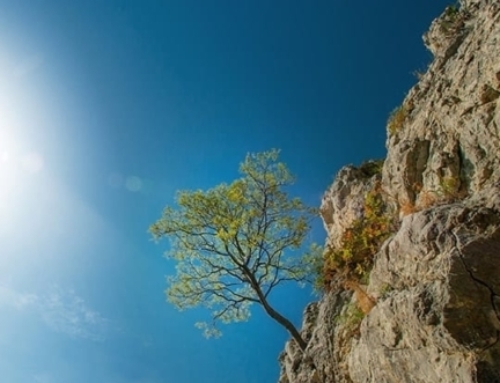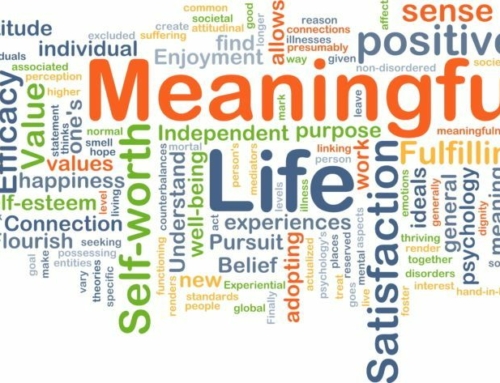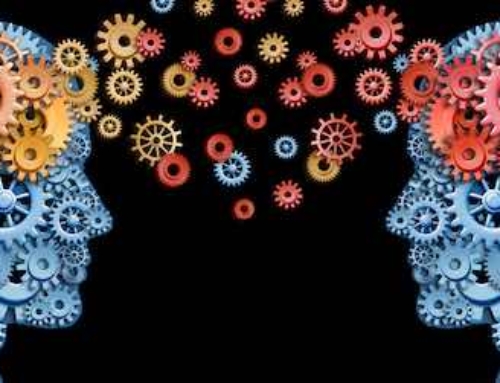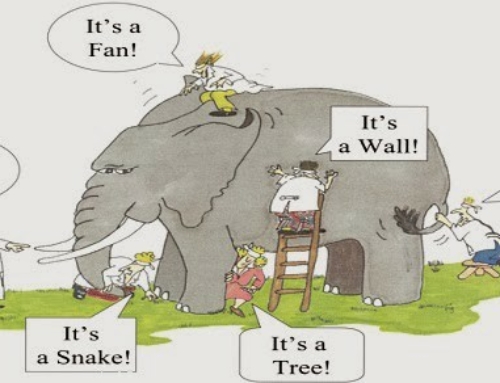Community Minded Dimension
Dr William House, 2016
We are social animals. Few of us can thrive without belonging in a community. There are many kinds of community, some will meet our needs better than others. Perhaps the greatest need is to be the person we are meant to be, and to find ourselves somewhere to belong and be loved, and valued for our differences.
A person belongs inasmuch as they are willing to cherish and be cherished by a place and its peoples.
Community Health Creation – A BIG story
The Beacon and Old Hill estate in Falmouth, Cornwall
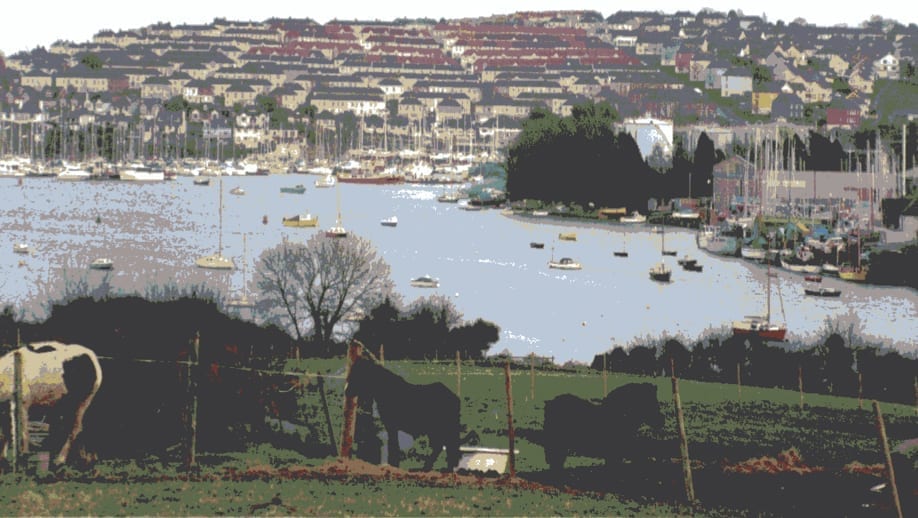
The community transformation in Falmouth is one of the best known examples of community regeneration in the UK and it was initiated by two health visitors.
The estate had become one of the most deprived areas in Britain. More than 30% of households were living in poverty and the unemployment rate was 30% above the national average.
It was generally agreed by tenants and residents that, by 1995, the Beacon and Old Hill estate was in a state of terminal decline. It had the reputation of being a ‘no go area’ for the police. Crime and vandalism were spiralling out of control, and the community had become dissociated from the statutory agencies. At that time, there was no residents’ association and therefore no place where people’s voices could be heard.”
Community regeneration and complexity, in Complexity and Healthcare Organisation – a view from the street, Ed Dr David Kernick
Health visitors, Hazel Stuteley and Philip Trenoweth, reflect on the incident that triggered their determination to act:
“The flashpoint came simultaneously for us both, literally in Rebecca’s case, when she witnessed the family car ignite following the planting of an incendiary device. She was 11 years old then and although physcally unhurt, she was deeply traumatised by this. She was already in mourning for her friend’s pet rabbit and tortoise, which had recently been butchered by thugs from the estate. This was the final straw.”
“As family health visitor for the past five years, I was a regular visitor to her [Rebecca’s] home. Her mum was a frequent victim of domestic violence and severely postnatally depressed. My caseload had many similar families with multiple health and social problems. Seeing Rebecca and her family’s deep distress, I vowed then and there that change must happen if this community was to survive. I had been watching it spiral out of control for long enough.”
The rest is history – as they say! In brief, the health visitors initiated a series of meetings with representatives of health, education, social services, local government and police. From the outset it was recognised that community involvement would be essential to the success of the project. Twenty key tenants were identified by the health visitors as having the necessary skills to engage their peers. Five of these agreed to participate. They received training to become proficient at submitting grant applications and forming and maintaining a constituted committee. Later, this became a formal tenants’ residents’ association. In 1997 this developed into the multi-agency tenant and resident led Beacon Community Regeneration Partnership, an organisation that has endured. By 2000, the overall crime rate had dropped by 50%. Affordable central heating and insulation had been fitted to 60% of properties. Child protection registrations had dropped by 42%. Educational attainment of boys age 10-11 was up by 100% and in 1999 teenage unwanted pregnancies were down to NIL.
Asset Based Community Development
This general approach is called ‘Asset Based Community Development‘ or ABCD for short. It comes in various forms, but crucially it is based on the assetsof the community – in this case a general awareness that something must be done and the energy, drive and skills of often a small number of motivated residents. Implicit in this is that the action is planned and undertaken by members of the community, leaving the outside agencies in an advisory and facilitating role. It is not done ‘to’ but rather done ‘by’ those who are most affected.
This is not rocket science. It is ancient wisdom:
Go to the people, live amongst them, start with what they have, build with them, and when the deed is done, the mission accomplished, of the best leadership, the people will say, ‘we have done it ourselves’.
Lao Tze (600 BC)
Community is a living organism as much as each human being that comprises it. Wendell Berry challenges us to see every sick person in terms of their community context:
I believe that the community – in the fullest sense: a Place and all its Creatures – is the smallest unit of health and that to speak of the health of an isolated individual is a contradiction in terms.
The Beacon and Old Hill estate story above is ‘big’ in terms of the pace and scale of change. It was a peaceful revolution triggered by NHS professionals. But most community development is small scale, slow and organic. However, these small evolutionary transformations add up to a much bigger collective story. After all, most people with socially determined illnesses do not live in sink estates – they live in ordinary neighbourhoods in villages, towns and cities. To this extent the ill health is a systemic problem of our culture.
Take the story of Steve below. His story is familiar across our UK society, so we know there is a very large number people across all adult age bands with similar sets of problems. So long as our society attempts to help Steve fix his problems medically we will not progress away from such socially determined illness. We have to tackle the root causes. Back in 2011 the British Medical Association published Social Determinants of Health – What Doctors Can Do with a forward by Sir Michael Marmot. Their key recommendation for action by doctors is to practise medicine holistically using a strong definition of Holistic Medicine taken from the Canadian Medical Association which ends as follows:
… [holistic medicine] encompasses all *stated modalities of diagnosis and treatment including drugs and surgery if no safe alternative exists. Holistic medicine focuses on education and responsibility for personal efforts to achieve balance and well-being.
SOCIAL DETERMINANTS OF HEALTH – WHAT DOCTORS CAN DO (P12-13)
*The ‘stated modalities’ are ‘the physical, mental, emotional, social and spiritual aspects of health’.
Social Prescribing
Social prescribing usually involves a healthcare professional helping to find a social solution to a health problem. It is often successful and is spreading in the UK. In January 2016 an inaugural conference was held in London to establish a grass-roots network of Social Prescribing schemes.
The story below illustrates a successful example, a composite of two actual cases to protect anonymity – neither is called Steve.
Steve’s Story – A Small Story
Steve is 42 and lives alone since separating from his long term partner. He has been seeing his GP because of low back pain and depression. He is an electrician, but has not worked for almost two years and is sure he cannot get back to that sort of physical work. He is in financial difficulties and lives alone. He took an anti-depressant medication for a few months but stopped taking it because it seemed to make his tiredness worse. His GP then gave him a ‘social prescription’.
A few weeks later, he has an appointment at his GP’s surgery with the local Social Prescribing facilitator. She is about his age and took this job because she is good with people. She is an especially good listener. Another vital part of her job is to know a great deal about the locality – what is going on and how to find out. They talk for just over one hour. At the end of that time, she gave him several options. First, to make an appointment at the local Citizens Advice Bureau (CAB) about his debts. The other options were a list of free courses at the Community Learning Service, and details of the local Green Gym run by the Trust for Conservation Volunteers.
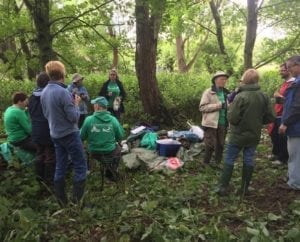
The CAB helped him to sign on to receive jobseekers allowance. They also helped to negotiate slow debt repayment. He joined ‘Next Step’ for jobseekers support and he joined the Green Gym as a volunteer. He had never been specially interested in the natural environment and to his great surprise he really took to it. He made new friends and was inspired by their passion about conservation and especially climate change.
He met the Social Prescribing facilitator in one of the local cafes for several follow up appointments He decided to take a course in graphic design because the local environmental movement needed someone to create marketing materials. He was so good at it that he was soon in demand and this led to starting his own business. He still had low back pain but was able to live and thrive despite it. Most importantly from the NHS point of view, he was taking no regular medications and hardly saw his GP.
Every day stories (or acts of kindness)
The thing about the BIG STORY in Falmouth and the small stories like Steve’s, is that we might be able to see that we have made a difference. With random acts of kindness we usually do not. We are kind to someone and then walk on. This demands a little bit of generosity – it must be a pure gift. We need not to expect thanks. We need to trust in the power of goodness.
Being kind to someone is like giving them a little of your love and gratitude for the world. So you need to have enough to give some away. In his moving and inspiring book, The Renewal of Generosity – Illness, Medicine, and How to Live, medical sociologist and writer, Arthur W. Frank, describes the kindness in a medical encounter as consolation. It requires the medical practitioner to have “…trust in the renewable capacity to give ….. Generosity does not plan for the giver’s own future. It responds to the guest’s need.” Crucially, Frank reminds us that “consolation will always go wrong to some degree, and generosity always falls short.” (p2) George Saunders’ convocation speech reveals the lingering pain of his generosity fallen short. But wisdom comes from our failure, not our success.
So we keep trying and every kindness, every word or gesture of consolation, like throwing a pebble in the pond, will cause a little wave. And a little boy on the other side launches his toy boat, and our little wave makes it rock almost like a grown-up boat and his face lights up. So the waves interact in complex and unpredictable ways, until perhaps a wave of cheer and consolation comes back to us.
Understanding the health of communities
Communities that are well connected with many stories of kindness are more likely to be resourceful, adaptable and resilient. These features are part of what is often called social capital. Just as financial capital enhances the survival and flourishing of a business, so social capital enhances the survival and flourishing of a community. Social capital is associated with trust, and for measurement purposes, trust among the people and the institutions, is often used as a surrogate measure for social capital.
Another way of understanding the community is as a living organism. The health of the community-organism will depend on three things:
- First, how much notice the community-organism takes of its environment: organisms that ignore their environment do not live long.
- Second, the vigour of its circulation – that is how much the people connect with one another: are they shut indoors watching TV and ordering shopping online, or are they meeting other people and doing things together? The pair of doctors who set up the famous Peckham Experiment in South London in the 1930 were radicals who believed that people needed relationships to thrive. So they built a health-creating environment – providing the conditions that might lead to health (salutogenesis) rather than the slum conditions that led to disease (pathogenesis). They found that the key to good health was family and relationship: it was impossible to be healthy alone. One of the founding doctors, Innes Pearse, explained how children grow like plants – you cannot cause a plant to absorb nutrients from the soil, but you can tend to the quality of that soil.
- Third, what is flowing around the community-organism’s circulation: is it mostly generosity, trust and love or is it more greed, distrust and fear?
This is really about the quantity and quality of conversations going on in a community.
Resources
- The Age of Loneliness is killing us George Monbiot
- Social Determinants of Health – What Doctors Can Do. British Medical Association Oct 2011

